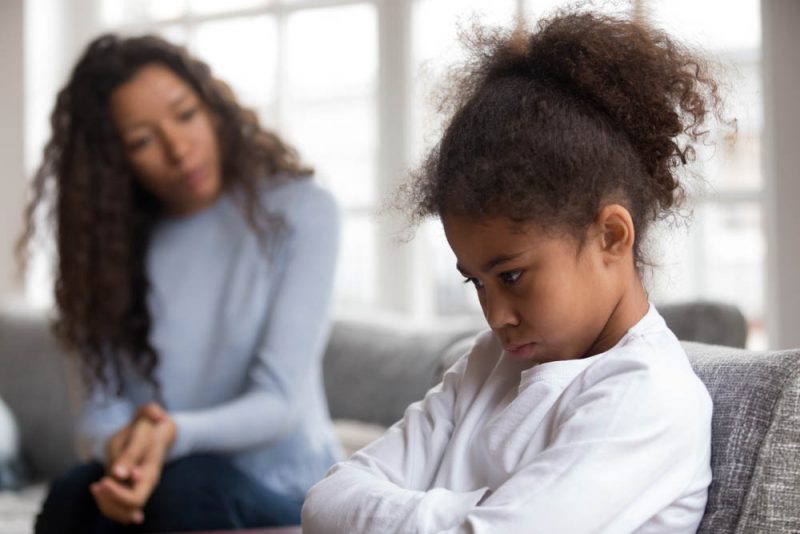

But they often struggle mightily with being good partners and parents, because they did not have the nurturing or role-modeling that they needed. Sometimes children who were maltreated grow up to be perpetrators, often they do not. Exposure to violence in childhood increases the risk of future substance abuse, lower educational success, reduced employment opportunities, and either being a victim of or a perpetrator of violence. Moreover, IPV and the mental health conditions and substance abuse that often accompany it place children at higher risk of being maltreated. Witnessing IPV is traumatic for children in the household, even if the children themselves are not direct targets of maltreatment. Being a survivor of intimate partner violence (IPV) is traumatic and may cause a range of physical and mental health problems, as well as putting survivors at higher risk of behaviors such as smoking and binge drinking. In addition, the stress can cause genetic changes that are passed on to descendants.įamily violence brings a cascade of effects that are intergenerational in nature.

Unlike one-time traumatic events such as being caught in a tornado, family violence is usually ongoing, and the constant state of high alert with the accompanying stress hormones takes its toll. People who have experienced trauma have higher levels of the stress hormones cortisol and adrenaline, and even seemingly mild stimuli that trigger the brain’s fight-flight-freeze response may result in strong reactions of fear, anxiety, depression, or aggression. Trauma, defined as any experience that overwhelms an individual’s physical or psychological coping abilities, causes behavioral adaptations and physical changes in the brain and rest of the body. While conventional wisdom has long suggested that children living in violent homes may learn to be abusers or victims when they grow up, research on the biopsychosocial nature of family violence gives us insight into why this is the case. Evidence suggests that the incidents of family violence have increased during the isolation, stress, and lock-downs of the Covid-19 pandemic. Department of Health & Human Services reports that in 2019 there were approximately 656,000 victims of child abuse and neglect in the U.S., which is a rate of 8.9 victims per 1,000 children Certain ethnic groups such as American Indians and African Americans had even higher rates, and children under 1 year of age had a rate of victimization equal to 25.7 per 1,000 children. The Centers for Disease Control and Prevention (CDC) estimates that over their lifetimes, approximately 1 in 4 women and 1 in 10 men experience physical or sexual violence or stalking, and more than 43 million women and 38 million men experience psychological aggression. These are sadly common behaviors that occur across race, gender, and socio-economic status lines.

Here, though, I want to focus on a more mundane and equal-opportunity form of intergenerational trauma: family violence, which is defined here as physical, sexual, or emotional abuse or aggression directed against an intimate partner or child in the family. All of these horrors affected survivors in a myriad of ways, and the economic, social, and emotional impact can be felt many generations later. Frequently discussed examples of this are African American slavery, Native American forced attendance at boarding schools, and the Holocaust of World War II. The term “intergenerational trauma” has most often been associated with societal trauma that has been inflicted on certain racial or ethnic groups, who live with the effects and pass them along to succeeding generations. While trauma can come in many forms, providers of mental health or legal services need to be especially aware of trauma that is ongoing and has intergenerational consequences. In recent years, lawyers and judges have increasingly recognized the role that exposure to trauma plays in the lives of persons who are involved with the legal system.


 0 kommentar(er)
0 kommentar(er)
